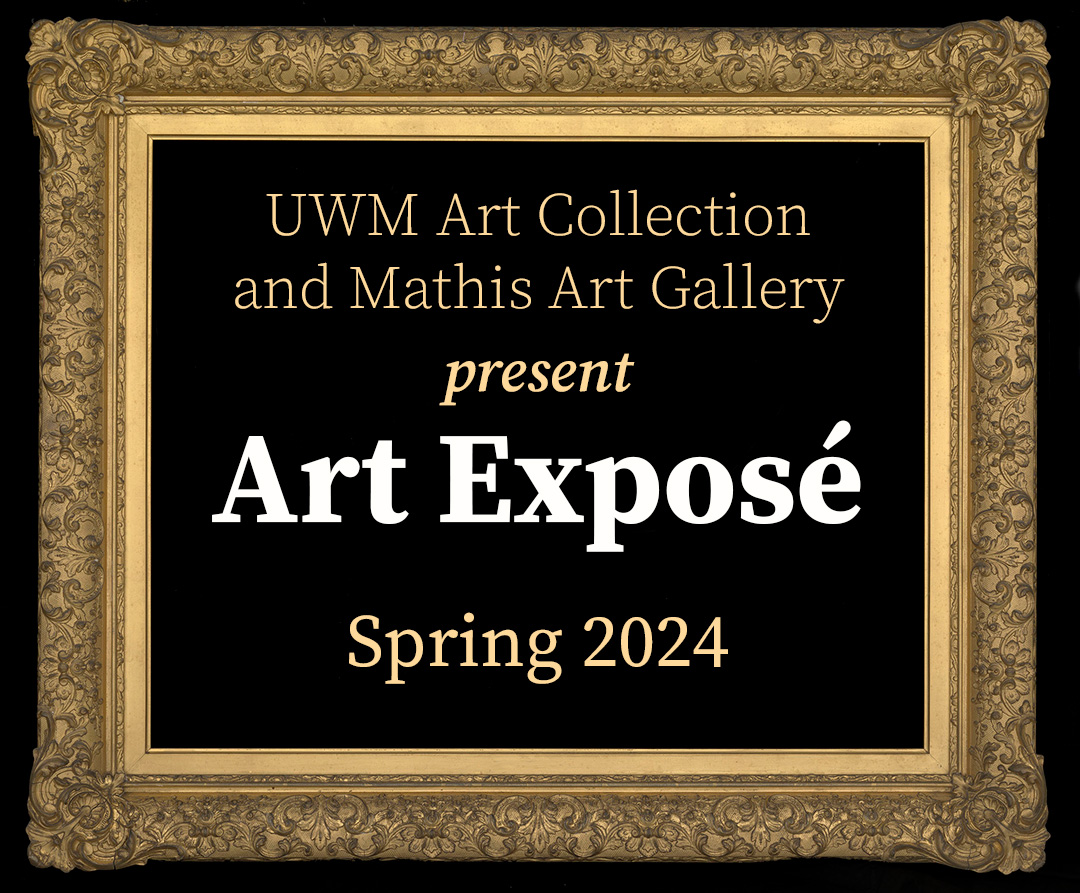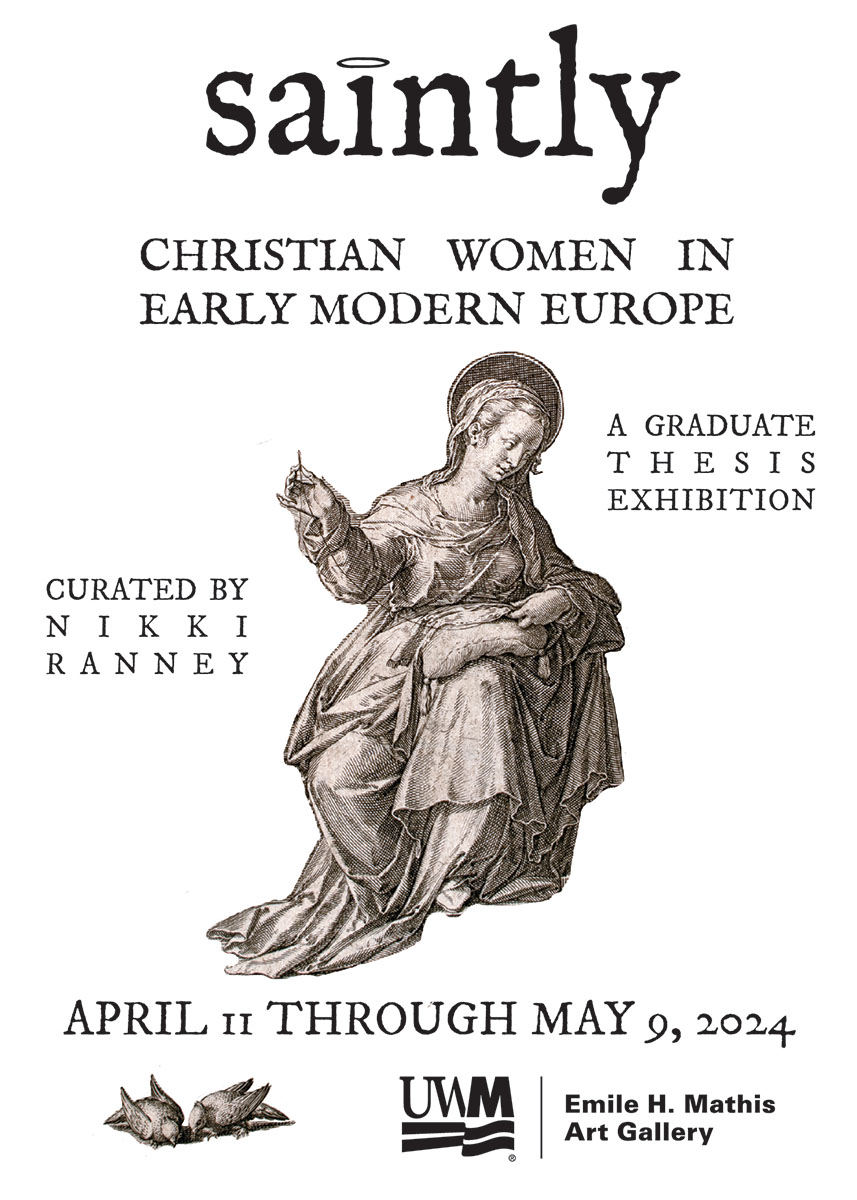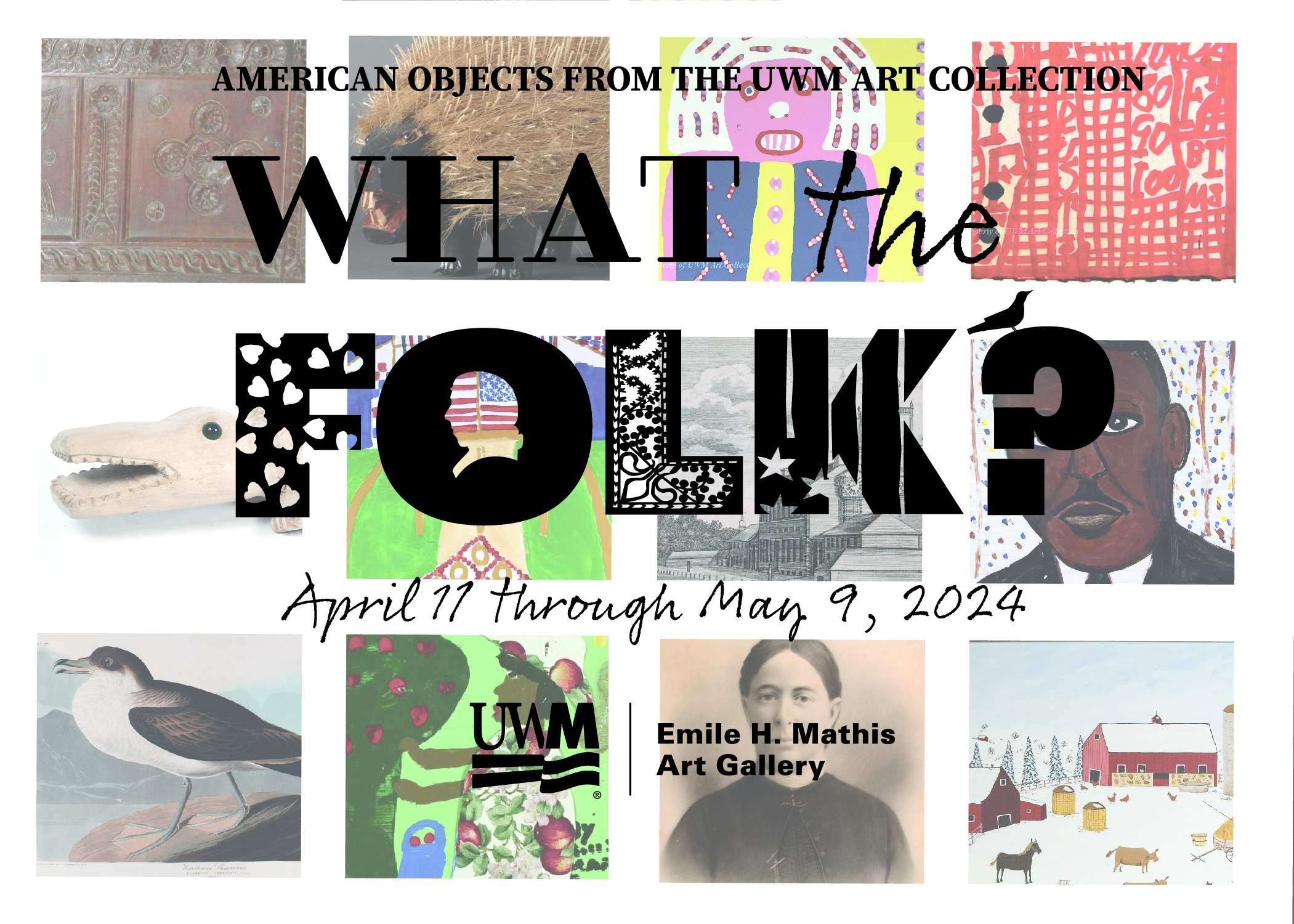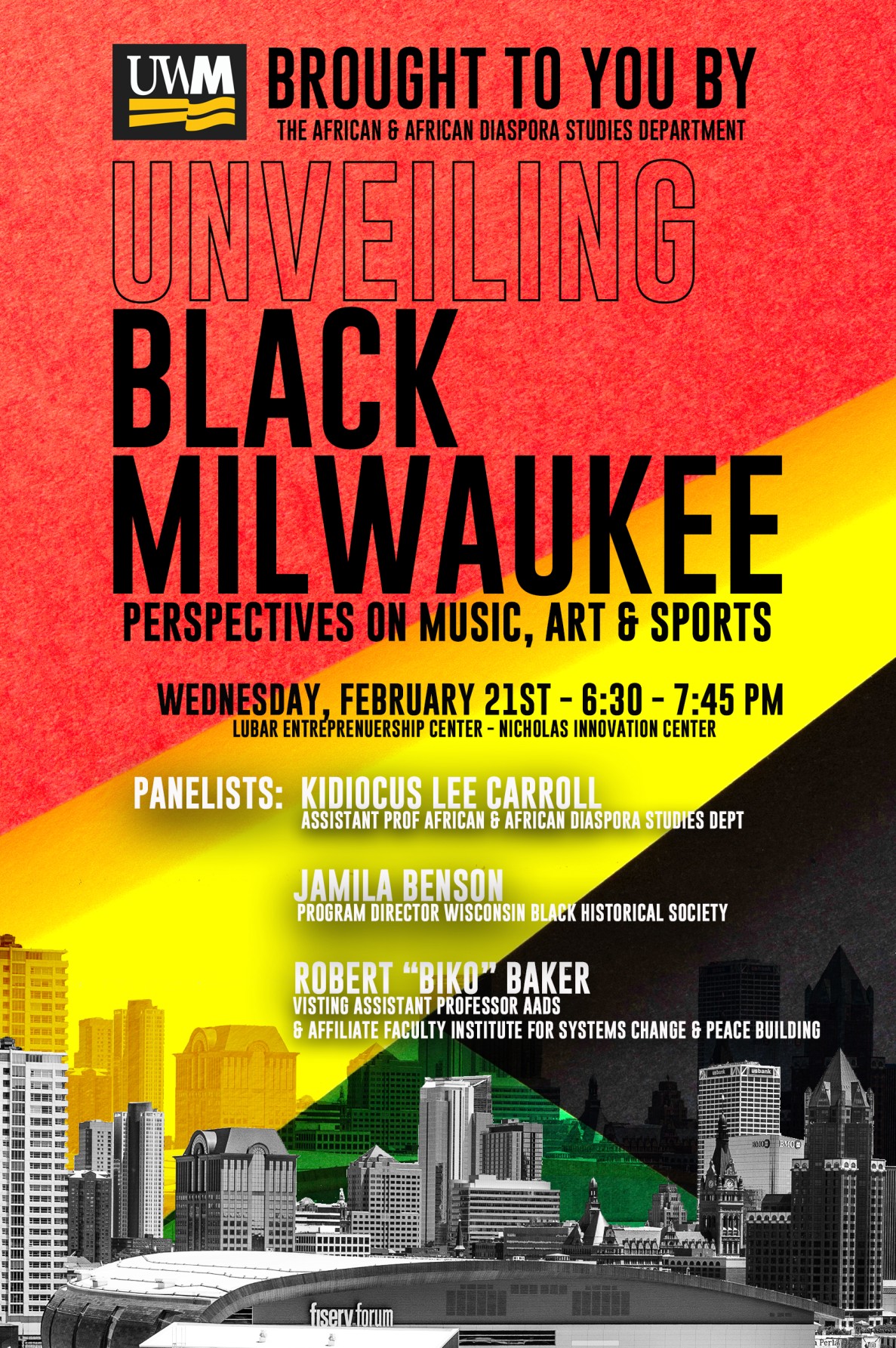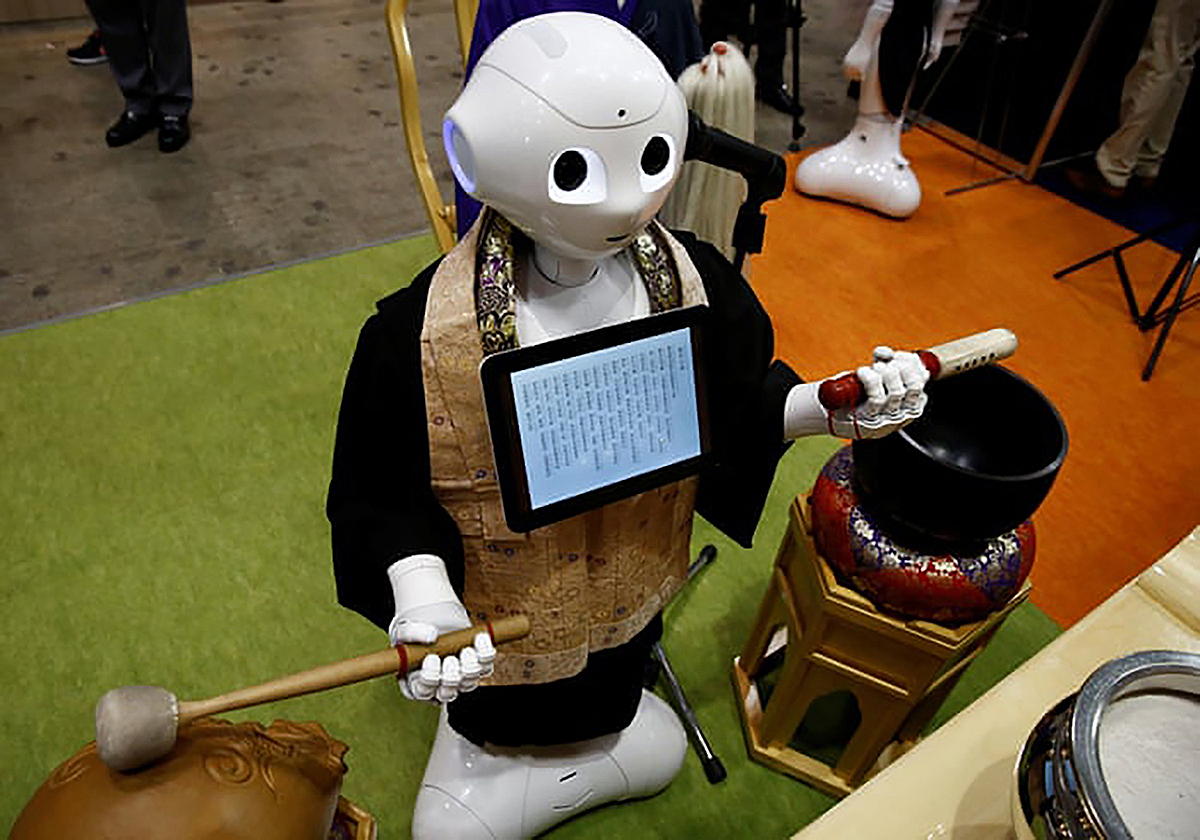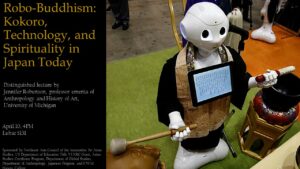Seeing Stars: A Middle Eastern Zodiac Plate in the UWM Art Collection
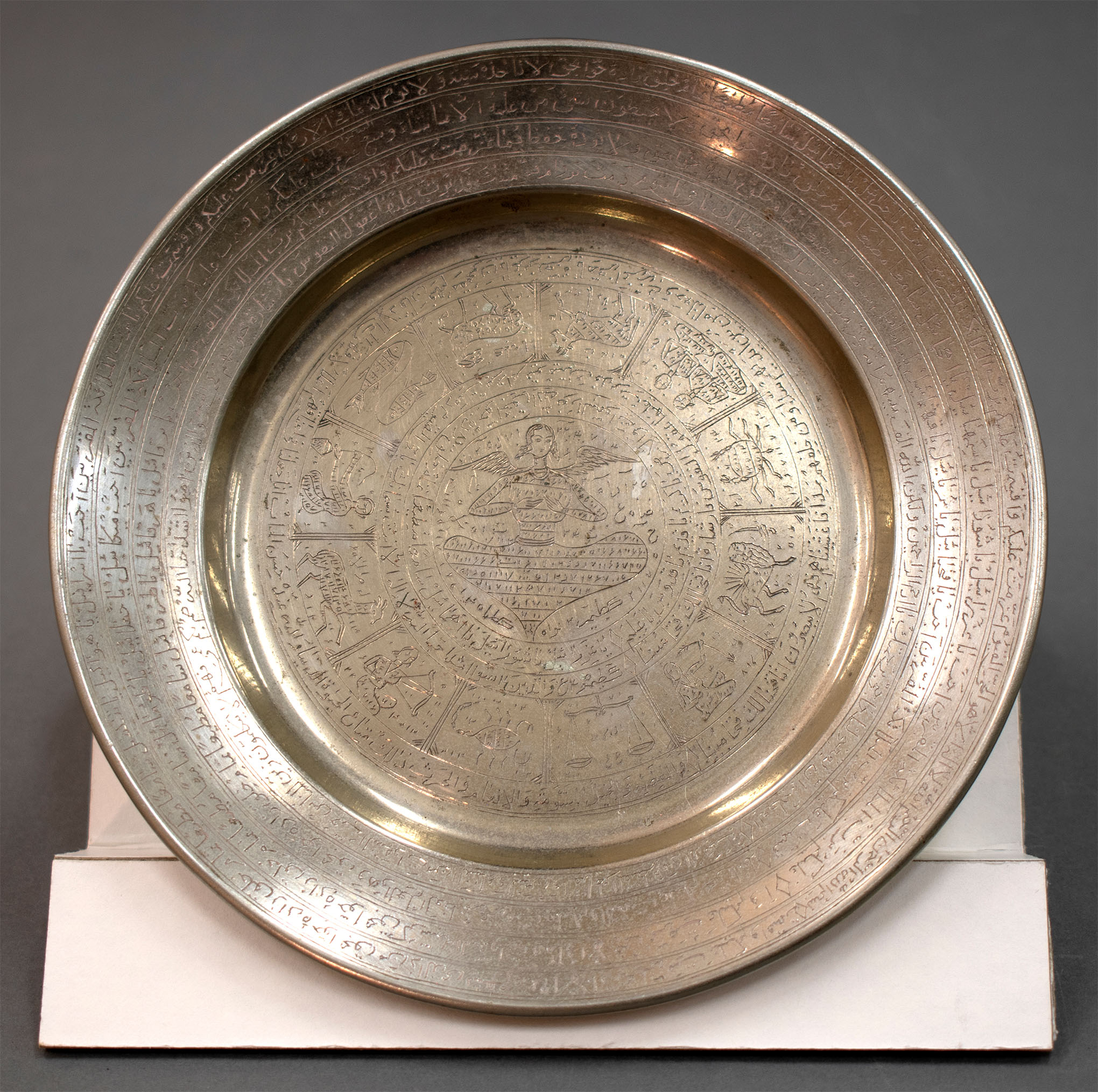
1991.002.16. Zodiac Plate. Unrecorded Middle Eastern artist. Early 20th century. Engraved silver. Morgan Moore This object, an engraved silver plate from the early 20th century, reflects the significance of astrology in Middle Eastern cultures. The plate measures 6 inches in… Read More
